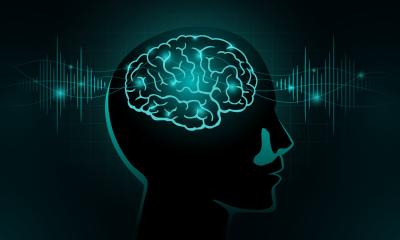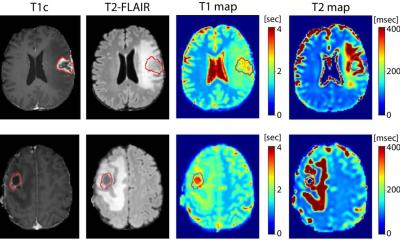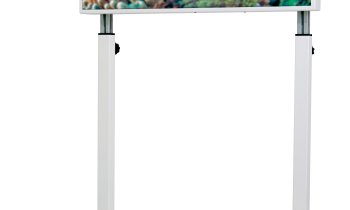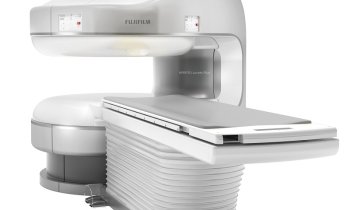One-step sensor module gives 3-D and 4-D dose verification
Sweden - ScandiDos AB is marketing a sensor module capable of one-step 3-D and 4-D dose verification.
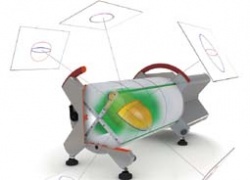
Görgen Nilsson, president and CEO of ScandiDos, said that, ideally, IMRT regimes should be verified using 3-D volume measurements prior to treatment, but until now the only systems available for IMRT quality control worked in 2-D. ‘With 2-D systems, you split the treatment into several parts and verify each separately; with Delta4 you verify the whole treatment at once. This not only saves time, but it also increases verification accuracy, and hence the QA of the treatment.’
The system has three core elements: a next-generation solid-state detector; new electronics (including a tailor-made application-specific integrated circuit); and sophisticated application software. The Tyndall National Institute (Cork, Ireland) and the Clatterbridge Centre for Oncology (Wirral, UK) helped to develop the detector technology as part of the EU-funded INVORAD project.
Radiation is monitored using 1069 p-Si semiconductor diodes arranged in two orthogonal 2-D arrays. The diodes measure the accelerator pulses individually (typically 300-400 pulses per second). This configuration means that all data required for 3-D treatment evaluation can be acquired in a single detector run, said Aleksandar Jaksic, who led the INVORAD project from the Tyndall Institute. Time-resolved measurements add the fourth dimension to radiotherapy QA. ‘The Delta4 design also means speedier problem-solving if deviations from the planned dose are found,’ he added. ‘The significance of the error can be determined quickly, and the cause identified from analysis of individual beams and sub-beams without the need for repeat measurements.’
The small p-Si detectors, which combine high efficiency and sub-millimetre spatial resolution with dose-per-pulse independence, are ideal for working with the IMRT’s steep field gradients, he said. ‘The directional and energy response of the detectors are significantly improved over the existing commercial detectors. Recalibration frequency is substantially reduced, and when recalibration is needed, it can be performed in under 60 minutes.’
Delta4 has received the European CE Mark, and the USA’s FDA clearance (1/06).
17.11.2006



